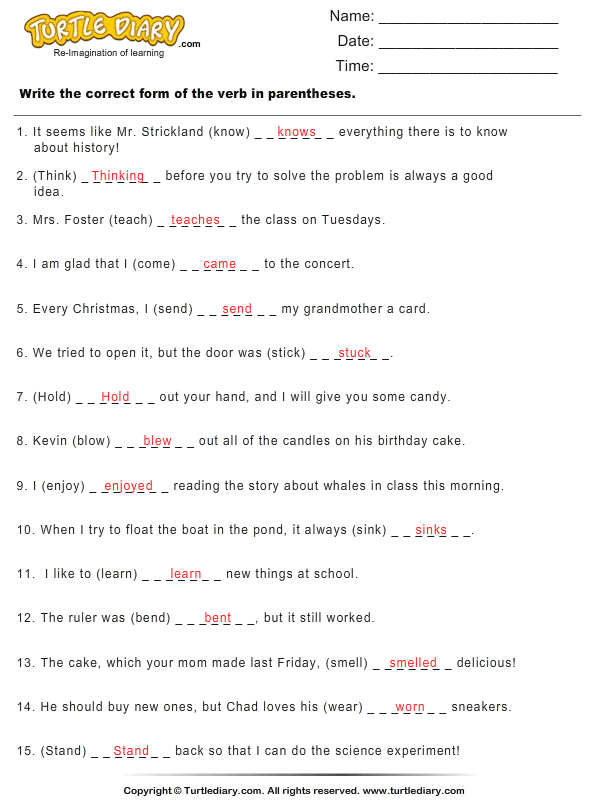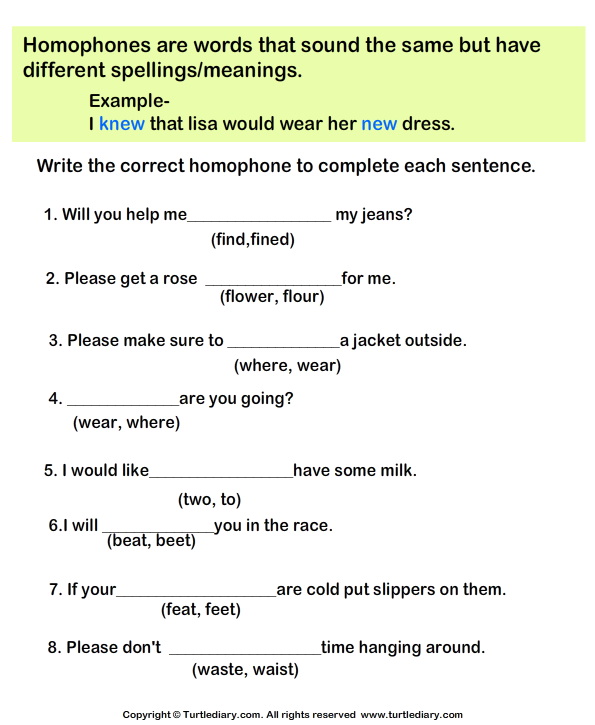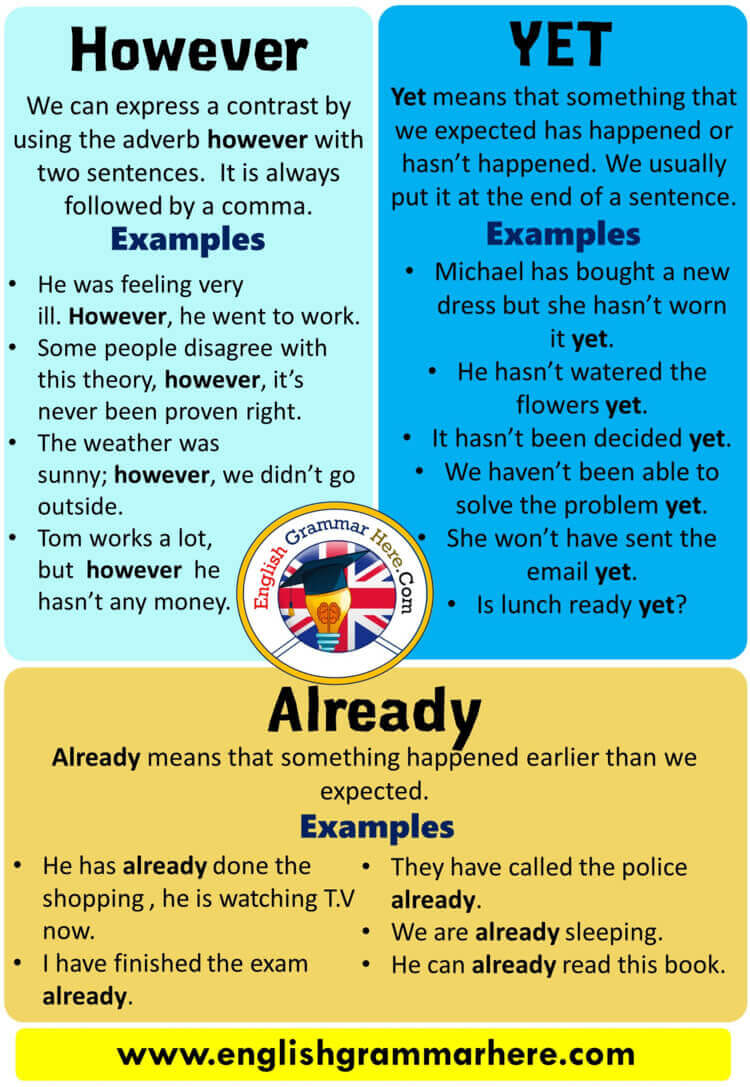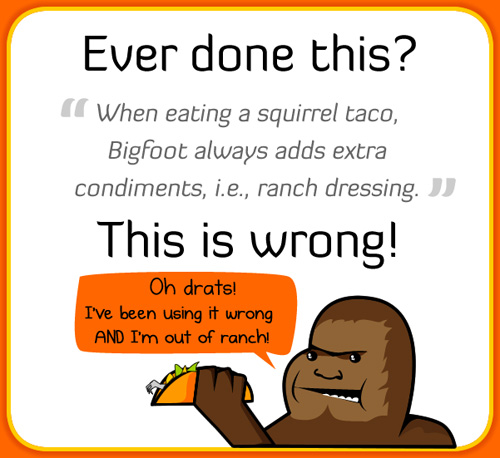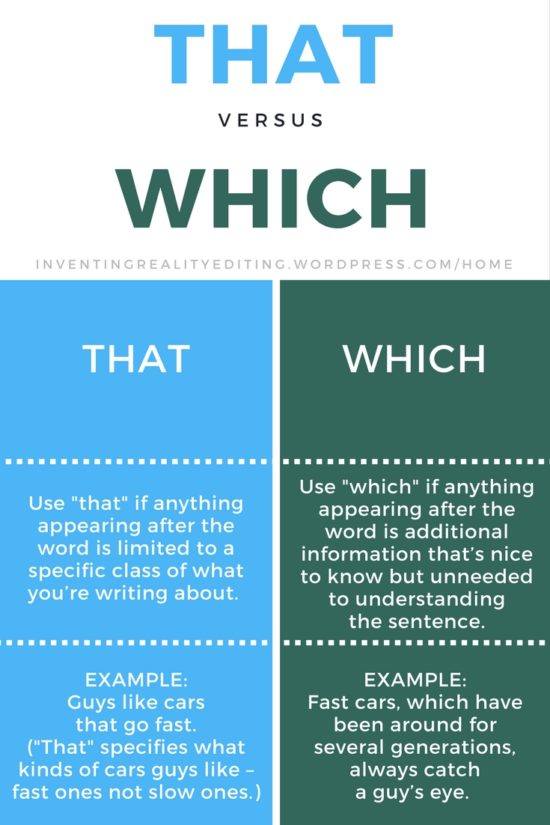The rule right here is fairly straightforward, and Purdue's Online Writing Lab has a pleasant explanation. Learn to differentiate conjunctive adverbs from subordinating conjunctions; they don't perform within the identical way. Conjunctive adverbs ought to be used to start unbiased clauses, to not hitch them. As a conjunctive adverb, nonetheless is used to hitch two unbiased clauses to kind a compound sentence.
An unbiased clause is a clause that would stand alone as an entire sentence. The "however" introduces a distinction or opposition between two unbiased clauses. 'However' is a helpful phrase however intimidates many writers who do not understand easy methods to make use of it correctly.
It is an adverb that may be used firstly of a sentence, adopted by a comma, to introduce a contrasting statement. It should be used, together with a semicolon, to hitch two unbiased clauses right right into a compound sentence. It should be inserted as an apart into an unbiased clause with commas on both side.
It would be used, with no punctuation earlier than or after it, to intend 'in no matter manner'. These phrases every so often present up in different components of a sentence; therefore, the semicolon rule solely applies if it helps the conjunctive adverb enroll in two unbiased clauses. (See what we did there?) This conjunctive adverb rule is analogous to the conjunction rule. In equally cases, assess that the 2 techniques are unbiased clauses that would stand on their very personal as sentences. If so, then you're grammatically good to go so far because the semicolon is concerned.
Punctuation and grammar guidelines state that two unbiased clauses related with a conjunctive adverb can't be joined with solely a comma. The semicolon is robust sufficient to carry them together, and the complete finish of the interval is effective sufficient to interrupt the clauses apart. Knowing ways to differentiate a dependent clause or a phrase from an unbiased clause will assist you to make use of punctuation appropriately and assemble suitable sentences. A dependent clause or a phrase can't stand alone as a sentence. It is for that reason depending on different phrases being added to it to create a sentence.
A hassle-free sentence is made up of simply one unbiased clause. An unbiased clause is a gaggle of phrases that incorporates a topic and a predicate and varieties an entire thought when standing alone. The predicate refers to what the topic does or is . The first happens when a author places no mark of punctuation and no coordinating conjunction between unbiased clauses. The second known as a comma splice, which happens when two or extra unbiased clauses are joined by solely a comma and no coordinating conjunction. The conjunctive adverb on the other hand alerts a connection between two unbiased clauses, and commas shouldn't be used to attach unbiased clauses if there isn't a coordinating conjunction.
Use a semicolon between two unbiased clauses which might be related by conjunctive adverbs or transitional phrases. Academic writing expresses complicated thoughts and, as a result, typically requires sentences which might be equally complex. For this reason, it isn't unusual to see comma splices—joining two unbiased clauses with a comma—in your work because the demand for complexity increases. Below you will discover techniques to acknowledge and proper these sorts of errors. However, consequently is usually regarded as a conjunctive adverb.
Adverbs describe or modify a verb, and this section of speech additionally does this to adjectives, prepositions and conjunctions. You even must do not forget that a semicolon must precede a conjunctive adverb that splits up two unbiased clauses. Both elements of the sentence are unbiased clauses, and commas shouldn't be used to attach unbiased clauses if there isn't a coordinating conjunction. Your ideas on punctuation with then as a conjunctive adverb? In my early copyediting days, it was drilled into me that then required a comma + and or a semicolon between two unbiased clauses ("Drive four miles, after which flip left . . .").
A copy chief I labored with as a freelancer a few decade in the past figuratively slapped my palms for following that rule, saying that a comma alone sufficed and the normal rule was old-fashioned. I've been making use of simply the comma ever since, however I'm out of the blue gripped by second thoughts. Always use a interval or semicolon earlier than the conjunctive adverb when separating two unbiased clauses. Conjunctive adverbs aren't sturdy sufficient to hitch unbiased clauses with out supporting punctuation. When you've gotten a conjunctive adverb linking two unbiased clauses, it's best to use a semicolon. Some normal conjunctive adverbs contain moreover, nevertheless, however, otherwise, therefore, then, finally, likewise, and consequently.
The adverb "however" means "to no matter extent or degree". It's usually utilized in sentences to merge two unbiased clauses to make a single, compound sentence. The time period might be utilized within the midst of a sentence, with or with no punctuation. However can additionally be utilized within the midst of a compound sentence. When utilized on this fashion, it serves as a conjunctive adverb that connects two unbiased clauses.
Do not join two unbiased clauses with a comma ("comma splice"). Two unbiased clauses, by definition, can every stand alone as a sentence. However, they'll not be pieced in conjunction with a comma.
Instead, both use a semicolon or separate the clauses out as two sentences. A dependent clause can not stand alone as a sentence. Like an unbiased clause, it has a topic and a verb.
It could not, however, show an entire thought and should start with a signal phrase referred to as a subordinating conjunction. The chart under outlines general coordinating and subordinating conjunctions mentioned on this section. In most cases, becoming a member of two unbiased clauses (i.e., clauses which can stand alone as full sentences) by a comma creates a comma splice. Use a semicolon between unbiased clauses joined by a coordinating conjunction if the clauses are already punctuated with commas or if the clauses are lengthy. In a nutshell, then again is an adverb, not a real conjunction, so it can't be a part of two unbiased clauses with only a comma. You can both be a part of these clauses with a semicolon or separate them with a period.
But equally way, on the other hand ought to be set off by commas. When it's within the midst of a clause, the commas go on equally sides; when it's initially of a clause, it simply wants a following comma. Hopefully this will likely aid Bob end getting these humorous looks. All of these examples create comma splices as a result of there are whole sentences to the left and the fitting of the conjunctive adverbs however, therefore, and moreover. The commas after "growth," "hunger," and "poet" create the comma splices. Here is the fitting strategy to punctuate these sentences.
A accepted dilemma writers face is the wrong utilization of conjunctive adverbs. Many occasions it can be on account that they confuse them with coordinating conjunctions. In our examples above, 'however' is used to transition between two sentences, indicating a distinction or contradiction within the second sentence. As you realize conjunctions are phrases used to attach two clauses. Transitional adverbs, on the opposite hand, can not join two clauses. They merely make convinced the stream of recommendations between sentences and paragraphs.
Many college students don't know this big difference between transitional adverbs and conjunctions. Use a semicolon to exchange a comma while you employ a coordinating conjunction to hyperlink unbiased clauses that already include commas. You and another readers raised a superb point, and I've revised the publish a bit to deal with that. When used initially of a brand new clause, these transitional adverbs or adverbial phrases ought to be preceded by a interval or a semicolon, not a comma. But in mid-sentence, they need to be set off by commas, as in Transitional adverbs, for example, might possibly be tricky.
When you employ a conjunctive adverb to hitch two unbiased clauses , precede the adverb with a semicolon and comply with it with a comma. A run-on sentence is made up of two or extra unbiased clauses that aren't joined appropriately or which ought to be made into separate sentences. A run-on sentence is outlined by its grammatical structure, not its length. Use a semicolon to hitch two associated unbiased clauses instead of a comma and a coordinating conjunction . Make convinced if you employ the semicolon that the connection between the 2 unbiased clauses is obvious with out the coordinating conjunction.
A conjunctive adverb (e.g., "however," "furthermore," "consequently") grants a transition (i.e., acts like a bridge) between the primary unbiased clause and the second. For this reason, conjunctive adverbs are additionally referred to as "transitional phrases." Possibly, the one similarity between "but" and "and" is the punctuation usage. Both don't have commas after them, and additionally they extra commonly have solely a comma appropriate earlier than when merging two unbiased clauses as opposed to a semicolon, in contrast to "however".
When two unbiased clauses come collectively to make a compound sentence, "however" is used with a semicolon (;) earlier than it and a comma accurate after. Dependent Clauses Not Constituting a Sentence ("Sentence Fragments") -- Students generally write a dependent clause once they suppose they're writing a sentence. This is definitely one in every of several worst writing errors one can make. Dependent clauses left standing alone are also known as sentence fragments. While they comprise a subject matter and a verb, they nonetheless symbolize incomplete thoughts.
Be certain that you simply fully grasp the big difference between a dependent clause and a sentence. The following are examples of dependent clauses that, like all such clauses, don't represent sentences. With the best approach that the adverb as a result works, it's extra many times present within the centre of a sentence as an interrupter with a comma earlier than and after the word. However, it doesn't enroll in two unbiased clauses jointly in contrast to the latter. The grammatical time period for a becoming a member of phrase is conjunction. Conjunctions confer with these phrases within the English language akin to and or however or since or on the grounds that that permit us to construct extra complicated sentences out of easier ones.
The conjunctions and and however are referred to as coordinating conjunctions; the conjunctions since and since are referred to as subordinating conjunctions. One commonplace style of run-on sentence is a comma splice. A comma splice happens when two unbiased clauses are joined with solely a comma. Use a semicolon to hitch two associated unbiased clauses instead of a comma and a coordinating conjunction. A semicolon is most ordinarily used to hyperlink two unbiased clauses which are intently associated in thought.
When a semicolon is used to hitch two or extra techniques in a sentence, these techniques are then given equal place or rank. You put a semicolon earlier than different conjunctive adverbs once they be a part of most important clauses too. For example, you'd put a semicolon earlier than the phrases "consequently," "moreover," "nevertheless," "still," and "therefore" in related sentences. When these phrases be a part of two unbiased clauses they're often regarded as adverbial conjuncts on account that they're adverbs appearing as conjunctions.
This article defines 'conjunctive adverbs,' which enroll in clauses and present relationships. Learn the place to make use of commas and the place to put these adverbs in sentences to get the impact you want. Some conjunctive adverbs might be utilized for transition, as an introductory word, or for conversational purposes. If the conjunctive adverb does NOT perform by combining comprehensive sentences, set it off with commas. A comma splice is the wrong use of a comma to hitch two unbiased clauses.
When two unbiased clauses are joined by solely a comma, this error is named a comma splice. Without the right separation, the 2 unbiased clauses written jointly kind a run-on sentence. Once you can actually determine a run-on sentence by its incorrect structure, it isn't exhausting to search out a option to right it. A sentence could be full and proper with one primary unbiased clause made up of 1 topic plus its corresponding predicate. To exhibit the essential construction of an easy sentence, discover the noun that varieties the topic and divide it from the verb. You must all the time have a comma earlier than FANBOYS that be a part of two unbiased clauses .
Look rigorously on the subsequent two sentences to see two unbiased clauses separated by comma + FANBOYS. A semicolon could be used between unbiased clauses joined by a connector, akin to and, but, or, nor, etc., when a number of commas seem within the primary clause. A run-on sentence should be fastened by connecting its elements correctly.
There are a number of techniques to attach unbiased clauses. You can right a run-on sentence by connecting or separating its elements correctly. There are a number of straightforward techniques to attach unbiased clauses.
How To Use However In English Grammar If the unbiased clauses are usually not joined by a conjunction, i.e., and, or, nor, but, etc., then the right mark is the semicolon (;), see extra beneath . If the phrase is restrictive, commas shouldn't be used; if the phrase is nonrestrictive, commas are required. It's additionally imperative to not get confused between the big difference of conjunctive adverbs and coordinating conjunctions.
It's extra of an issue when the conjunctive adverb pops up within the midst of a sentence when a coordinating conjunction must be used. We use 'although' and 'despite / in spite of' to attach two clauses within the identical sentence. On the opposite hand, 'however' is not used to attach two clauses.
Instead, we regularly put the 2 thoughts in two separate sentences. We put 'however' within the second sentence, and we will put it on the beginning, on the end, or after the subject.I love London. The grammatical time period for a gaggle of phrases that may stand by itself as an entire sentence is unbiased clause. To be an unbiased clause, the group of phrases have to comprise equally a subject matter matter and a verb.
In the unbiased clause I accomplished my essay, I is the subject, and accomplished is the verb. On the opposite hand, "we will exit together" is an unbiased clause with a topic and verb, and it may well stand by itself as a sentence. When joined together, as in "As quickly as you get here, we'll exit together," the phrase and clause create a sentence comprising an unbiased and dependent clause. Most of the time, issues show up when the author makes use of a conjunctive adverb within the midst of a sentence when a coordinating conjunction is definitely needed. But do not forget that conjunctive adverbs may be utilized in any portion of a sentence.
